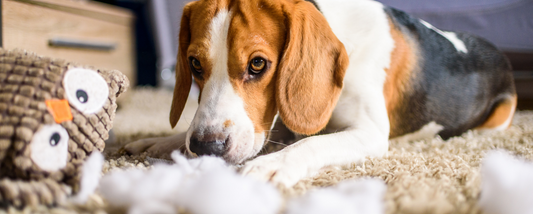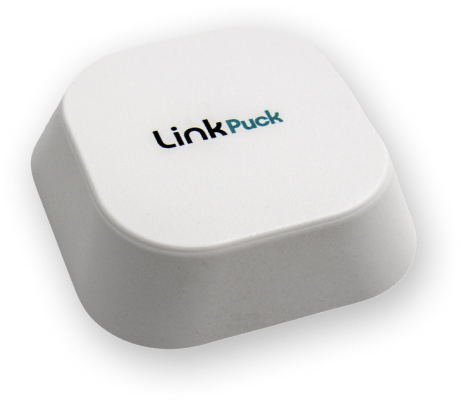If you’re a pet parent, hair will eventually end up on your carpet, your furniture, and much of what you own. All dogs shed. It can happen at different times, but it's particularly prevalent in winter. Why is that, and what can you do about excessive shedding?
Shedding by Season
Many dogs have what's called a double layer of fur. The top layer is the guard hair, which repels water and catches dirt. The second layer is the undercoat, which acts as insulation. This is what keeps them warm in winter, and cool in summer.
The winter coat is thicker, to keep them warm, whereas the summer coat is lighter. Changes in the surrounding temperature trigger hormonal changes in your dog, which allow him to grow the appropriate coat to keep him comfortable. And for the new one to grow, he needs to shed the old one.
Because shedding and fur growth are based on seasons, this means that winter and spring are the times when shedding is most likely to occur. However, for some indoor dogs, the temperature of his surroundings is regulated, making it difficult for him to discern the change of seasons. If this is the case, your dog could simply shed all year.
Hair and fur have a three-stage cycle, for dogs and other mammals. The first is the anagen stage, where fur grows. Then comes the catagen phase, a state of transition from one coat to another. Last is the telogen phase, where the old hair dies and is shed. Then it cycles back to the anagen stage, where new hair grows to match the new season.
The length of this cycle is different for different breeds of dog, and the shorter it is, the more shedding he’ll do. Labradors, German shepherds, and golden retrievers generally shed the most, while poodles, schnauzers, and Yorkshire terriers tend to shed the least.
What to Do About Shedding
Shedding is natural and healthy, but it can also be a pain, when dog hair gets everywhere. Fortunately, there are a few things you can do to keep it under control. The main key is good grooming. Brush your dog's hair every day, to remove the excess, and keep him clean. This also helps keep his coat healthier, so it doesn't fall out as quickly.
It's also important to keep your dog well hydrated. If his skin is dry, he’ll shed more. And be sure to get rid of fleas and ticks, which can irritate the skin, cause dandruff, and make him scratch incessantly, all of which can result in more shedding.
Is It Too Much Shedding?
What if your dog is shedding a lot more this year than in years past - perhaps even so much that he now has bald patches on his body? There are several factors that can cause excessive shedding.
The most common factors are poor nutrition or food allergies. It can also be due to fleas or a reaction to medication. Or it could be an infection or other disease. If you're worried that your dog is shedding too much, take him to the vet. He can get to the root of the problem, as well as helping improve your pet's diet.
For the most part, though, shedding is just a natural part of being a pet parent. It's important to keep it under control, but as long as he’s healthy and happy, a little dog hair just adds character to your decor.





